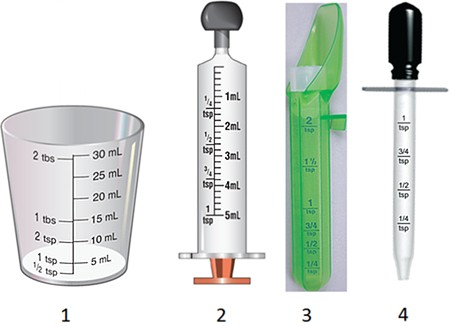What are the actions, side effects, and nutritional implications of KB's medications?
Micardis: antihypertensive and angiotensin II receptor blocker. Use in caution with liver patients. Nutritional side effects include diarrhea, dyspepsia, N&V, and abdominal pain.
HydroDIURIL: diuretic, thiazide. Anorexia, diarrhea, N&V, cramping, bloating, constipation, jaundice, and abdominal pain.
You might also like to view...
A mother has brought her 3-year-old child to the clinic for an annual well-child checkup. The mother tells the nurse that the child is in the process of being potty trained
The child will state that the need to go to the bathroom, but refuses to go on the toilet. What is the nurse's best response? a. "This occurs because the child might be frightened of falling in the toilet." b. "It is recommended that you try putting her in ‘time-out' if she continues to refuse to sit on the toilet." c. "Sometimes children at that age see urine and feces as part of themselves." d. "Stop, your child is too young to worry about potty-training."
Which response by a parent of a 24-week-old fetus undergoing intrauterine surgery indicates that the parent understands fetal wound healing?
A) "My baby should have little or no scarring if we do the surgery now." B) "If we wait for 32 weeks' gestation, my baby will have little or no scarring." C) "Due to a weak inflammatory response, the wound will not heal as strongly as a wound in an adult." D) "Fetal wounds heal slower than adult wounds."
An African American man returned to the emergency room for the fourth time in less than a week complaining of severe epigastric pain
Talk begins at the nurses' station regarding whether the patient should even receive treatment as it is his fault the pain is back; they claim he has GERD but never filled the prescription given to him. This behavior by the nurses is an example of what? a. Racism c. Victim blaming b. Language of violence d. Nonmaleficence
Mrs. Maple reports that she is having difficulty with her 4-year-old taking medicine from the cup provided with the medication. The child may take the medication better if she uses which of these devices? 
A. 1 B. 2 C. 3 D. 4